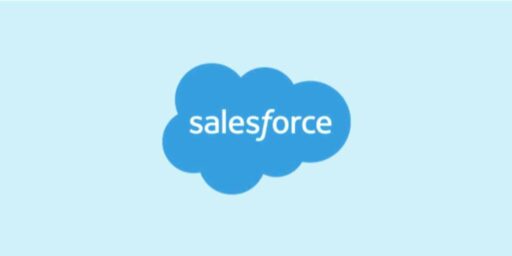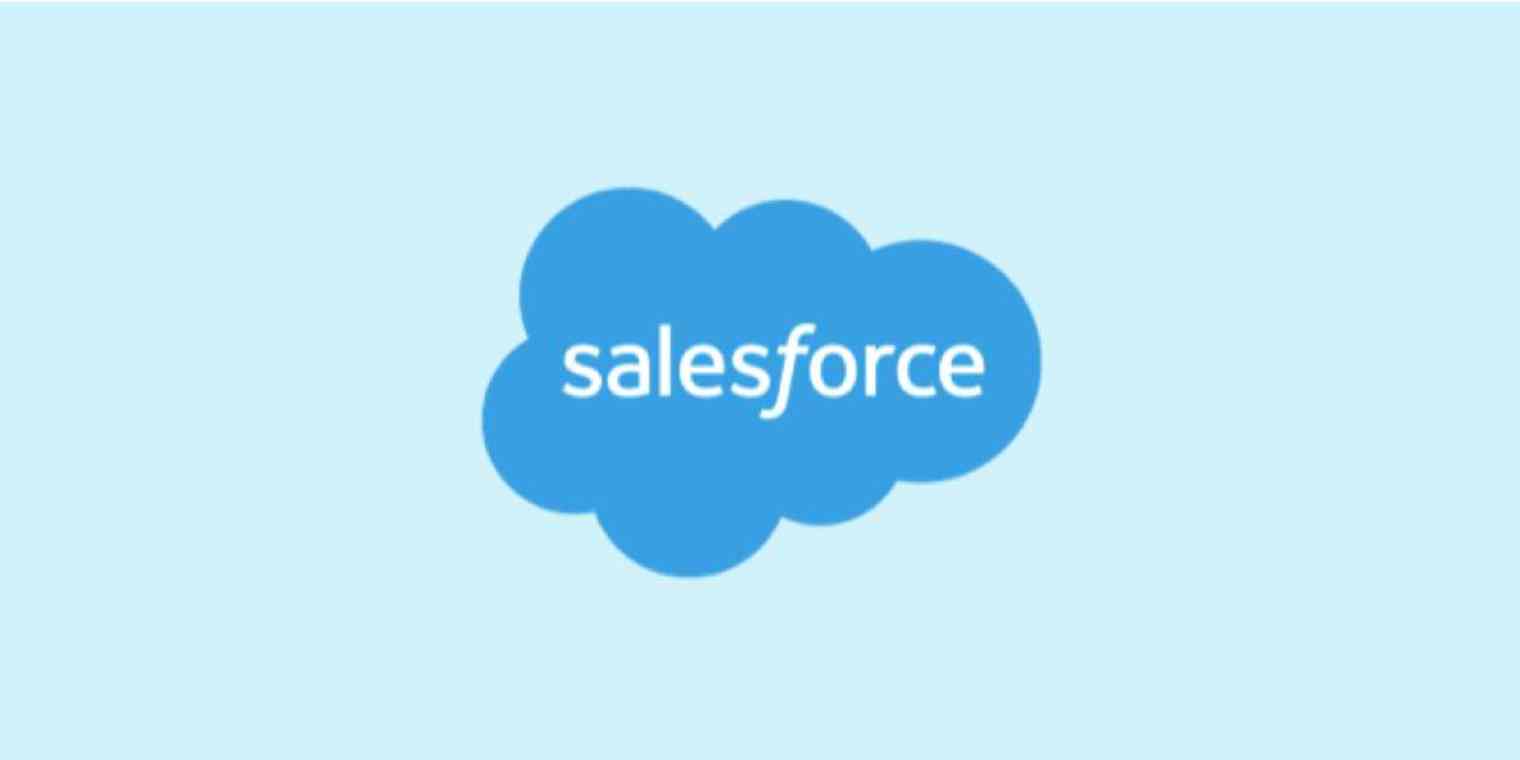Salesforce, a global leader in customer relationship management (CRM) software, has demonstrated a strong commitment to sustainability by integrating environmental, social, and governance (ESG) principles into its core business operations. The company aims to leverage its technological expertise to drive positive environmental impact while maintaining business growth.
Sustainability Strategy and Goals
Salesforce’s sustainability strategy aligns with global frameworks such as the United Nations Sustainable Development Goals (SDGs) and the Science Based Targets initiative (SBTi). The company’s key focus areas include:
- Net Zero and Carbon Emissions: Salesforce has achieved net-zero emissions across its entire value chain ahead of its 2030 target. This accomplishment reflects the company’s dedication to reducing greenhouse gas emissions and promoting environmental stewardship.
- Energy Efficiency and Renewable Energy: The company has committed to sourcing 100% renewable energy for its global operations, including offices, data centers, and retail locations. This transition supports Salesforce’s goal of minimizing its carbon footprint and promoting sustainable energy practices.
- Water Stewardship: Salesforce is working towards water neutrality by investing in water restoration projects, particularly in regions facing water scarcity. This initiative aims to offset the water used in its operations and contribute to global water conservation efforts.
- Sustainable Packaging and Circular Economy: The company emphasizes designing products for reuse, refurbishment, or recycling, aligning with circular economy principles. This approach aims to reduce waste and promote sustainable resource use.
- Diversity, Equity, and Inclusion: Salesforce fosters a workplace culture that reflects the communities it serves, promoting belonging and equality. The company has invested significantly in initiatives aimed at advancing diversity and preparing a future-ready workforce.
Source: Salesforce 2023 Sustainability Report
Source: Salesforce FY20 Stakeholder Impact Report
Key Sustainability Innovations and Technologies
Salesforce integrates sustainability into its product development and innovation strategies:
- Salesforce Sustainability Cloud: This platform enables companies to track their carbon emissions and manage sustainability goals effectively, providing real-time insights into environmental impact.
- AI and Data Analytics for Sustainability: Salesforce utilizes artificial intelligence to enhance energy efficiency and reduce waste. For instance, the company developed Predictive Autoscaling, an AI-driven tool that optimizes data center energy usage, resulting in a projected reduction of approximately 1,128 tons of carbon emissions in the fiscal year.
- Sustainable Supply Chain Management: The company offers tools that help businesses build resilient and sustainable supply chains by integrating sustainability data, facilitating informed decisions on resource use and waste management.
Source: Salesforce 2023 Sustainability Report
Source: Salesforce Engineering Blog
Measurable Impacts
Salesforce’s commitment to sustainability is reflected in measurable outcomes:
- Carbon Neutral Operations: Achieved net-zero emissions across its entire value chain, surpassing the initial 2030 target.
- Renewable Energy Commitment: Sources 100% renewable energy for global operations, including offices, data centers, and retail locations.
- Sustainable Product Impact: Through its software, Salesforce has enabled organizations to track and reduce their emissions, with many customers reporting significant reductions in their carbon footprints.
- Water Restoration Projects: Invested in water restoration projects in water-scarce regions, aligning with the goal of water neutrality.
Source: Salesforce 2023 Sustainability Report
Challenges and Areas for Improvement
Despite significant progress, Salesforce faces several challenges in its sustainability journey:
- Supply Chain Emissions: A substantial portion of Salesforce’s emissions arises from its supply chain. While the company collaborates with suppliers to reduce emissions, Scope 3 emissions remain a complex area to manage fully.
- Product Lifecycle: Emissions from customer usage and hardware production present ongoing challenges, necessitating continued innovation in cleaner production techniques and recycling programs.
- AI Energy Consumption: The growing energy demands of AI technologies pose sustainability challenges. Salesforce has acknowledged these concerns and is advocating for regulations to standardize reporting on AI-related energy use and emissions.
Source: Salesforce 2023 Sustainability Report
Source: Wall Street Journal
Future Plans and Long-Term Goals
Salesforce has outlined several ambitious goals for the future:
- Net Zero by 2030: While the company has achieved net-zero emissions ahead of schedule, it continues to focus on maintaining and enhancing its sustainability efforts.
- Carbon-Free Supply Chain: Plans to expand engagement with suppliers to ensure the majority of its supply chain transitions to renewable energy and significantly reduces carbon footprints.
- Scaling Innovation: Aims to scale its Sustainability Cloud and other AI-powered tools to help companies accelerate their sustainability efforts, focusing on improving transparency in sustainability reporting.
Source: Salesforce 2023 Sustainability Report
Comparisons to Industry Competitors
Salesforce’s sustainability efforts are comparable to those of key competitors:
- Microsoft: Achieved 100% renewable energy for global operations and pledged to remove more carbon than emitted by 2030.
- Google: Sources renewable energy for its operations and has made significant investments in AI for sustainability.
- Watershed: An emissions data-tracking startup that competes with Salesforce in providing emissions tracking services to Fortune 500 companies.
Source: Wall Street Journal
Source: The New Yorker
Source: Business Insider
While Salesforce leads in integrating sustainability into its CRM offerings, competitors like Watershed focus exclusively on emissions tracking, providing specialized solutions for businesses aiming to monitor and reduce their carbon footprints.
Our Thoughts
Salesforce’s sustainability strategy exemplifies a comprehensive approach to integrating ESG principles into business operations. The company’s achievements in carbon neutrality, renewable energy adoption, and sustainable product design are commendable. However, challenges such as supply chain emissions and AI energy consumption require ongoing attention. Competitors’ varying approaches to sustainability offer valuable insights, highlighting the importance of innovation, transparency, and collaboration in driving environmental stewardship.






